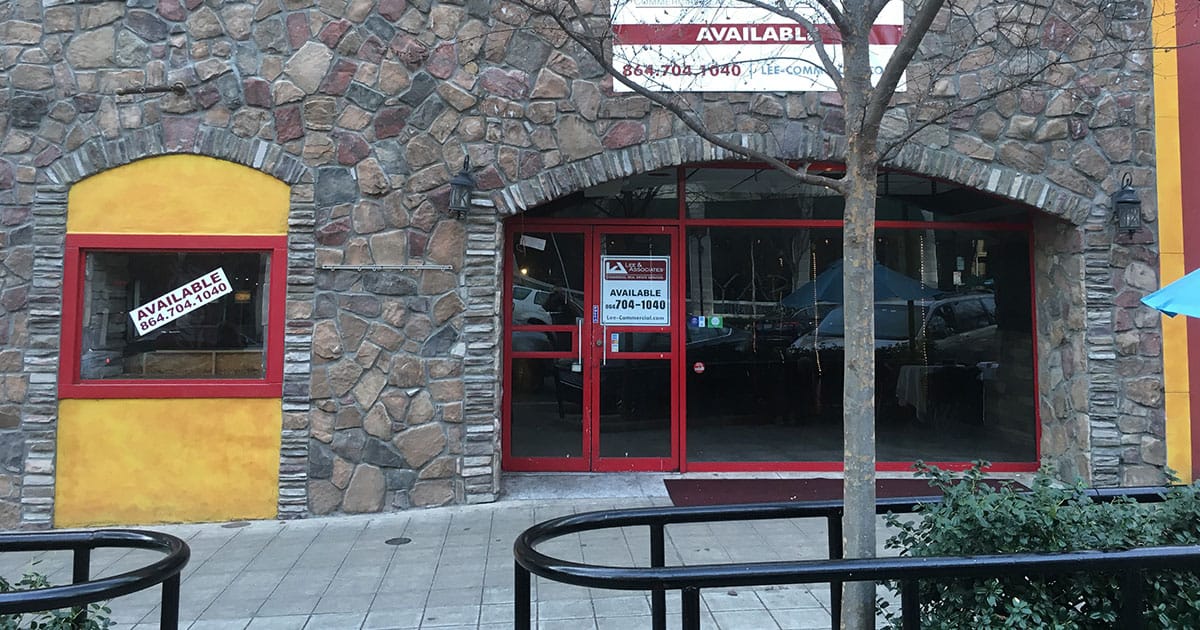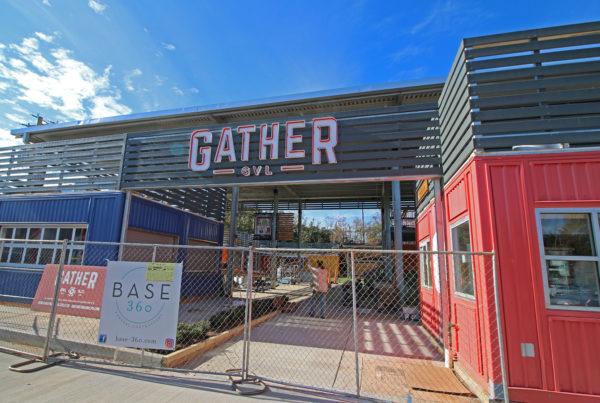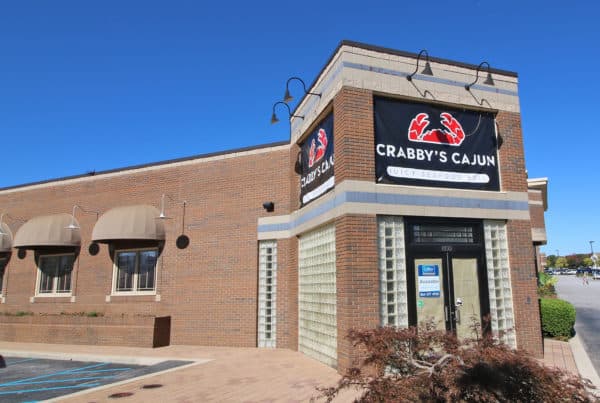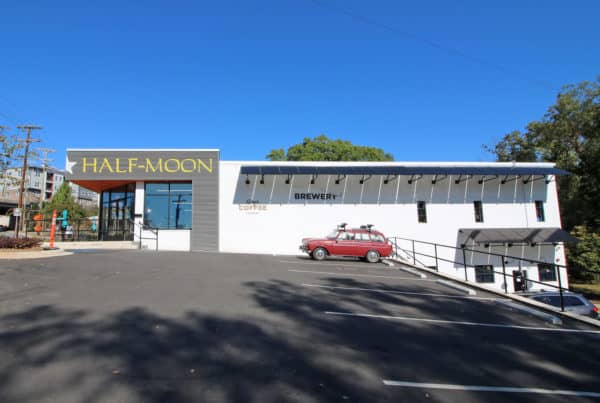Opening a restaurant is always a gamble, there are so many moving parts, so many areas that can open up a restaurant for failure. Poor personnel management, lack of accounting skills, sub-par food, customer service.
According to data from Dun & Bradstreet, about 26% of independent restaurants fail in their first year, with chains failing at a rate of about 57.2% (Anyone remember golden chick on pleasantburg? now Fresh Burger)
We’re not even going to cover the startup costs to running a restaurant, which has a median cost of $275,000, as that number can wildly fluctuate depending on where you’re opening, and if you have to build everything out from scratch, or you’re leasing a space that was previously used as a restaurant.
In the example below, we’re really simplifying things. It’s unlikely this model would actually work – we’re trying to boil down the complicated financials that go into operating a restaurant business. In our example, we’ll look at running a very basic restaurant that sells only a single item – a hamburger plate, that is open for 12 hours a day, 7 days a week and requires just 3 employees during operating hours. Again, this is very unlikely scenario, but it makes it easier to understand.
So let’s dig in, and use the old Yap! restaurant space as our example. It’s up for lease at $35 per square foot, per year. It’s got two floors, but let’s assume we’re going to use only the bottom for our restaurant, which is 3,600 square feet. So our first year’s rent will be about $126,000.
Monthly Rent: $10,500
Great, we’ve got a building, but now we need some employees. Let’s assume we’ll be open 12 hours per day, 7 days a week. We’ll need 3 employees there at all times, and let’s say we pay them $10/hour. So we calculate 30 days/month x 12 hours/day x $30/hour comes out to:
Monthly Labor: $10,800
I know nothing about running a restaurant, but there will be some other costs – insurance, utilities, let’s just say $3,000/month to be safe.
Insurance, Utilities, Miscellaneous: $3,000
When we tally that all up, we figure our total monthly expenses to be:
Total Monthly Operational Expenses: $24,300
Anyone who runs a restaurant can tell me that number is probably way too low, but that’s ok, the point of this is to explore what it takes to keep the doors open on a very basic restaurant on main street.
Now that we know how much money we need to make, we can dig into some calculations on how much food we’d need to sell to cover our very basic expenses.
I googled around a bit, and discovered some percentages that seem reasonable for our calculations. Food Costs are about 25% and Taxes for federal, state and payroll about 30%.
So that gives us a profit margin of about 45% on our operational costs.
Great, now we know how much are monthly expenses are, and our profit margin, so in order to turn a profit, we’ll need to do about $55,000 in sales.
Sales: $55,000
Cost of food, taxes, etc: -$30,250
Cost of Rent, Labor, Utilities: -$24,750
Monthly Operational Expenses: -$24,300
Profit: $450.00
Now that’s just really a breakeven. Let’s say we have a single item on the menu – a Hamburger Plate with fries and a drink, and it costs $9.50. How many would we need to sell to make $55,000 in sales?
Burger Plates Sold:
Per Month: 5,789
Sold Per Day: 193
Sold Per Hour: 16
Seems doable right? That’s where all the uncertainty comes from. Most restaurants have many items for sale, with varying profit margins, and they have days where they’re busy, and days where they’re slow. A restaurant manager has to figure out how much they need to just breakeven, and then some. Balancing supply and demand, ordering enough food so they don’t run out, but not so much that it goes to waste.
I always thought it would be fun to run a restaurant – picking out the menu, the decor, etc,, but it’s serious business, and part of the reason why many of the restaurants in town are part of restaurant groups – Table 301, Rick Erwin’s, The Bottlecap Group. They’ve got experience in running these very complicated calculations, and have better purchasing power when buying for 6 restaurants instead of just 1. And when you’ve got multiple restaurants under your control, you can sustain business longer and give yourself a safety net if one isn’t doing so well, it isn’t necessarily doomed, and you can cover losses at one property with the profits of the others while you make changes to fix the problems.
Do you own or operate a restaurant? Want to weigh in? Are we missing anything or way off on any of our figures? Shoot us an email at jason@greenvillewebworks.com and let us know about it.





